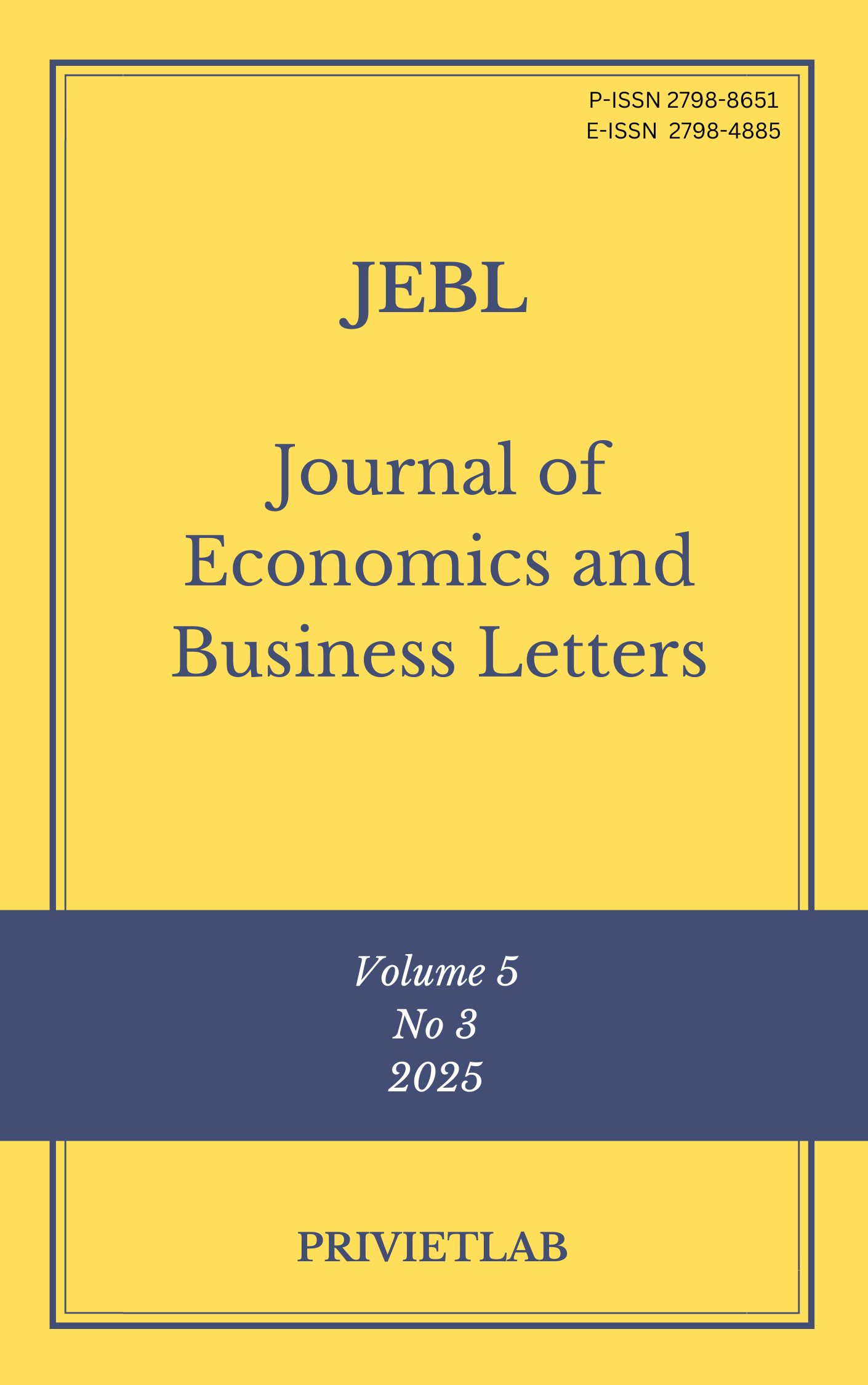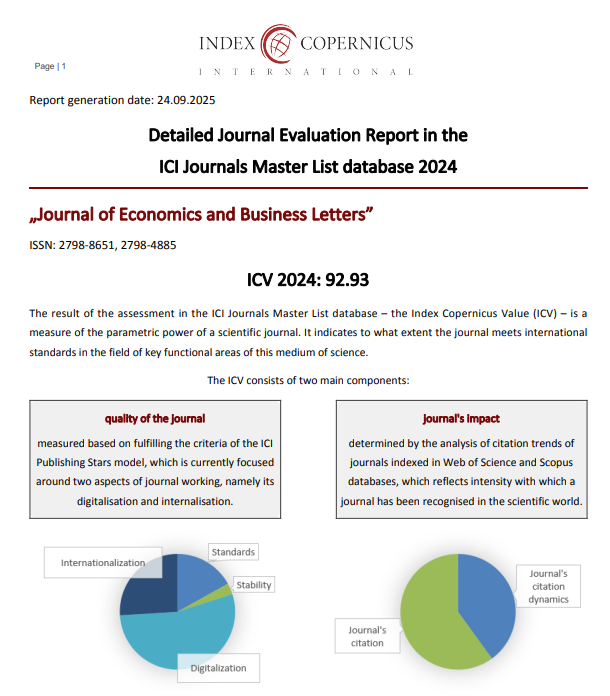Customer value as the engine of brand image: Evidence from HR competence, service quality, CRM, and banking technology at BRI Depok
DOI:
https://doi.org/10.55942/jebl.v5i3.859Keywords:
customer value, brand image, CRM, service quality, banking technologyAbstract
This study examines how internal capabilities and relationship processes—human resource competence, service quality, customer relationship management (CRM), and banking technology—shape customer value and, through it, brand image at PT Bank BRI (Persero) Tbk., Depok Branch. Using a cross-sectional survey of retail customers and Partial Least Squares Structural Equation Modeling (PLS-SEM), we validate reliable reflective measures for all constructs and test a mediation model positioning customer value as the central mechanism linking firm capabilities to brand outcomes. The structural results show that CRM is the strongest predictor of customer value (β ≈ 0.382), followed by human resource competence (β ≈ 0.266) and service quality (β ≈ 0.242); banking technology is positive but not significant once other drivers are controlled (β ≈ 0.095, n.s.). Customer value strongly influences brand image (β ≈ 0.740), explaining a substantial share of its variance (R² ≈ 0.547), while the four antecedents jointly explain most of the variance in customer value (R² ≈ 0.787). These findings indicate that brand building in banking is fundamentally a value-delivery challenge: day-to-day CRM discipline, service execution, and frontline competence translate into reputational gains more than technology per se—unless technology visibly improves the lived experience. Managerially, the priorities are to make CRM “felt,” coach people to remove customer effort, and keep SERVQUAL routines visible; technologically, target experience outcomes (e.g., resolution time, seamless handoffs) rather than features. Limitations and replication paths are discussed.
References
Bull, C. (2003). Strategic issues in CRM implementation. Business Process Management Journal, 9(5), 592–602. https://doi.org/10.1108/14637150310496703
Dalimunthe, F. Ritha. 2008. Analisis persepsi pasien partikulir Tentang Kualitas Pelayanan Terhadap Tingkat Loyalitas di Ruang Inap RS. Islam Malayati Medan 2007. Jurnal manajemen bisnis , volume 1. Nomor 1.
Erida. 2009. Pengaruh Kepuasan Konsumen dan Insentif Terhadap Perilaku Wom (word of mouth) Konsumen Jasa Angkutan Penumpang Bus antar Kota antar provinsi Kelas Eksekutif di Bandung. Jurnal manajemen pemasaran modern volume. 1 nomor. 1.
Ganesan, S. (1994). Determinants of long-term orientation in buyer–seller relationships. Journal of Marketing, 58(2), 1–19. https://doi.org/10.1177/002224299405800201
Grapentine, T. (1999). Practitioner commentary on SERVQUAL/measurement; not a single canonical
Ismail, H. B., Talukder, D., & Panni, M. F. A. K. (2007). Technology dimension of CRM: Orientation level and its impact on business performance of SMEs in Malaysia. International Journal of Electronic Customer Relationship Management, 1(1), 109–126. https://doi.org/10.1504/IJECRM.2007.014423
Jayachandran, S., Sharma, S., Kaufman, P., & Raman, P. (2005). The role of relational information processes and technology use in customer relationship management. Journal of Marketing, 69(4), 177–192. https://doi.org/10.1509/jmkg.2005.69.4.177
Kotler, Philip, Ang,Hoon, Swee,. Loeng,Meng, Siew, dan Tan, Tiong, Chin. 2004. Manajemen Pemasaran (Sudut pandang Asia). Edisi ketiga, PT. Indeks.
Marthin, Johannes.dan Semuel, Hatane. 2007, Analisis Tingkat Brand Loyality pada Produk Shampoo Merek “Head & Shoulders” Jurnal Manajemen Pemasaran ,Volume 2, Nomor 2. Universitas Kristen Petra Surabaya.
Robledo, M. A. (2001). Measuring and managing service quality: Integrating customer expectations. Managing Service Quality, 11(1), 22–31. https://doi.org/10.1108/09604520110379472
Sin, L. Y. M., Tse, A. C. B., & Yim, F. H. K. (2005). CRM: Conceptualization and scale development. European Journal of Marketing, 39(11/12), 1264–1290. https://doi.org/10.1108/0309056051062325
Tjiptono, Faandy. 2009. Manajemen Jasa. Edisi pertama. Yogyakarta : Andi.
Downloads
Published
How to Cite
Issue
Section
License
Copyright (c) 2025 Hasan Basri

This work is licensed under a Creative Commons Attribution 4.0 International License.
















